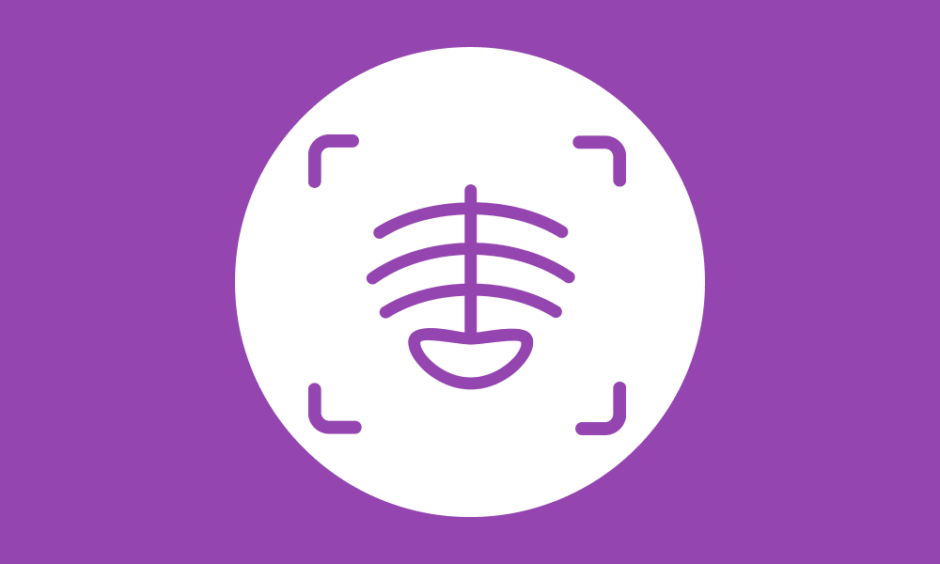RESEARCHERS from Duke University School of Medicine, Durham, North Carolina, USA, have developed a natural language processing (NLP)-based model, which utilises information from radiology reports to accurately identify patients with suspected pulmonary embolism (PE) in the emergency department (ED). The findings suggest that this NLP-based clinical decision support tool can assist clinicians in determining appropriate treatment, particularly for low-risk PE cases.
Acute PE diagnosis typically involves a PE-protocol CT pulmonary angiogram, with preliminary findings reported via free-text reports by radiologists. The team, led by Krunal Amin, recognised the efficacy of NLP algorithms in analysing these unstructured reports, which surpass the effectiveness of administrative diagnosis codes. They developed and validated an NLP-based model to automatically flag patients with low-risk PE, which is potentially suitable for outpatient management.
The study incorporated data from 12,183 individuals who underwent a PE-protocol CT pulmonary angiogram in the ED between June 2018–December 2020. Reports were categorised as positive or negative for PE, and cohorts were established for development, internal validation, and temporal validation. The NLP model demonstrated accuracy in identifying candidates at low-risk for PE from radiology reports.
Across all cohorts, 10.5% of studies were positive for PE, with 22.2% classified as low-risk. The NLP model’s performance remained consistent in both internal and temporal validation cohorts. The researchers also calculated a simplified Pulmonary Embolism Severity Index (sPESI) score at the time of PE diagnosis, using electronic health record data.
While the study indicates the potential for the NLP-based model to accurately identify patients with low-risk PE for outpatient management, the researchers emphasise the need for further research to determine its integration into clinical practice. They suggest that implementing the tool as part of a comprehensive workflow could notify clinicians of discharge candidates, ensuring prompt outpatient follow-up, and addressing ongoing issues with ED capacity.








